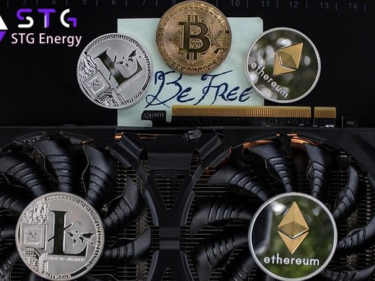The Role of Decentralized Sequencers in Enhancing Layer2 Scalability

Scalability is one of the most important things for any blockchain project. Different projects utilize different tricks to squeeze out just a few extra transactions per second with the existing technology, some invent a completely new technology, some make changes in the existing tech to get more out of it, and everyone adapts to the growing need of serving more users, and one such adaption comes in the form of decentralized sequencers. In this article, we’re going to see what role they play in enhancing the scalability of layer 2 solutions.
There are many ways decentralized sequencers contribute towards the scalability of Rollups and Appchains, let’s see them one by one.
1. Transaction batching and ordering
The main job of a sequencer, centralized or decentralized, is to order transactions in batches that can be sent for finalization on Layer 1. Decentralized sequencers handle this task beautifully while also being relatively safer from SPOF and other vulnerabilities like censorship of centralized sequencers. Batching transactions is the key to the scalability of layer 2 solutions, and decentralized sequencers, therefore, become an integral part of the scalability in this way.
2. Parallel processing
Another way decentralized sequencers help in scalability is by processing multiple transactions at once. Unlike centralized sequencers that are limited to only one sequencer set and process the transactions linearly, their decentralized counterparts can utilize a group of sequencers to process atleast same or more transactions. All while taking advantage of the benefits of decentralization with a proper consensus mechanism to agree on the right order. This could increases the throughput of the system and reduces many problems associated with single-sequencer systems.
3. Security
Now, one may wonder what security has to do with scalability. It’s not a straightforward correlation, but it is still an important one. With centralized sequencers, there is a single point of failure, which means any slightest problem with that point, in this case centralized sequencer, leads to complete stoppage of the network. And if a network wants to prove itself to be a robust and scalable system, it can’t tolerate such risks. Hence, decentralized sequencers work better in these cases because they always have backups of backups. So, even if one of the sequencers in the network goes offline, the network works as if nothing happened and continues scaling infinitely.
4. Shared sequencing
Decentralized sequencers also enable an interesting concept called shared sequencing. In this, multiple different rollups or layer 2 solutions can take advantage of the same network of decentralized sequencers. As you can imagine, this is a great idea from the point of view of scalability as multiple different parties use the same resources and hence the cost gets distributed between them. It is also great for the sequencer’s point of view as it process multiple transactions (may wait little for consensus though), offloading work to individual nodes and thereby enabling infinite scaling options.
Another advantage of this system is that when the network grows, and more users start interacting with the network more frequently, the centralized architecture becomes a bottleneck. A decentralized network however, by offloading the sequencing job of small sections across the sequencer network, becomes equipped with handling such traffic effectively, thereby fuling scale instead of halting it.
5. Other benefits
As we mentioned earlier, scalability is not only about getting more transactions per second and reducing the cost of the transactions, it also incorporates the long-term benefits of the network, reducing the risk, and making the network trustworthy, and these things are effectively achieved by the decentralized nature of decentralized sequencers. If having the highest number of transactions per second was the only goal, nobody would’ve chosen Web3 solutions over Web2, which offer dramatically more throughput. Security and decentralization are also of paramount importance. And therefore layer 2 solutions look after scale while decentralized sequencers complement them with security.
Conclusion
Decentralized sequencers enable scalability directly and indirectly in many ways. Prominent of those are transaction ordering, parallel processing, security, decentralization, and shared sequencing. These features along with their other many benefits over centralized sequencers, make them the favorite tool of choice for new generation layer2 solutions that are looking for scaling while still being secure.



